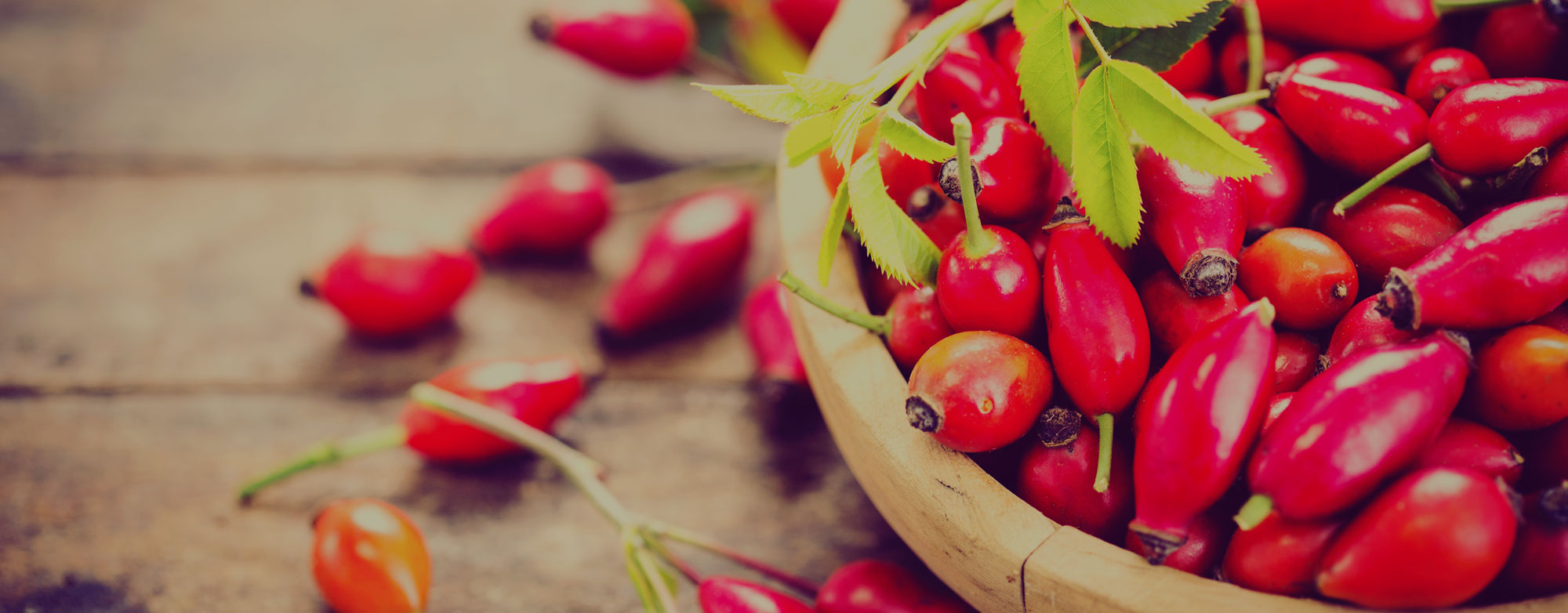
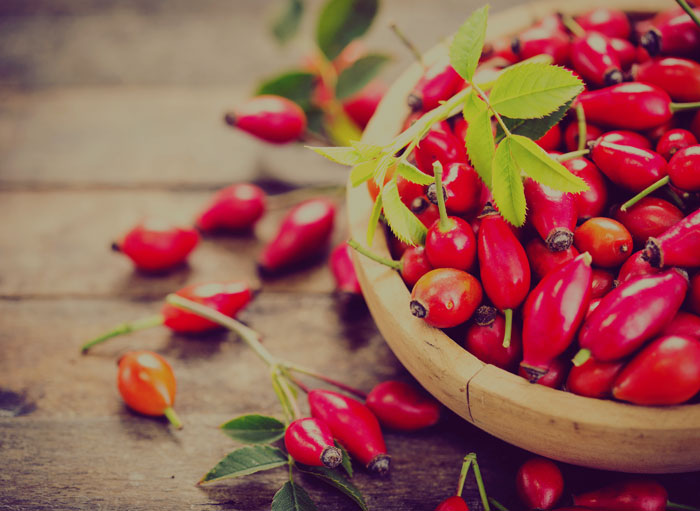


You have a great idea for a gin but don’t own a gin still or distillery so how do you make your dream a reality? In My Scottish Gin Journey, we speak with the Scottish Gin brand owners who have created their own Scottish Gin brand and established a business but have collaborated with others to help bring their gin to life. Often this includes seeking the help and guidance of a distiller and use of a gin still for distillation, advice on legal regulations surrounding the production and sale of gin and a whole lot more.
Next in our editorial series, we meet Mark Munnoch-Wahlberg, co-founder of SOS Gin. Along with his partner and co-founder Craig Munnoch-Wahlberg, the long time gin drinkers established their own Scottish Gin brand in 2018 and launched their first gin at the start of 2019. Based in Loanhead, Midlothian on the rural outskirts of Scotland’s capital city Edinburgh, we caught up with Mark to learn more about SOS Gin and their Scottish Gin journey so far.
When did you first have the idea to make a gin?
It was on a Tuesday during the summer of 2017. Having had previous event experience with another gin company, as well as a fun day out at a Gin School, the idea popped into my head to produce a gin, and I thought, “why not, let’s give it a go”.
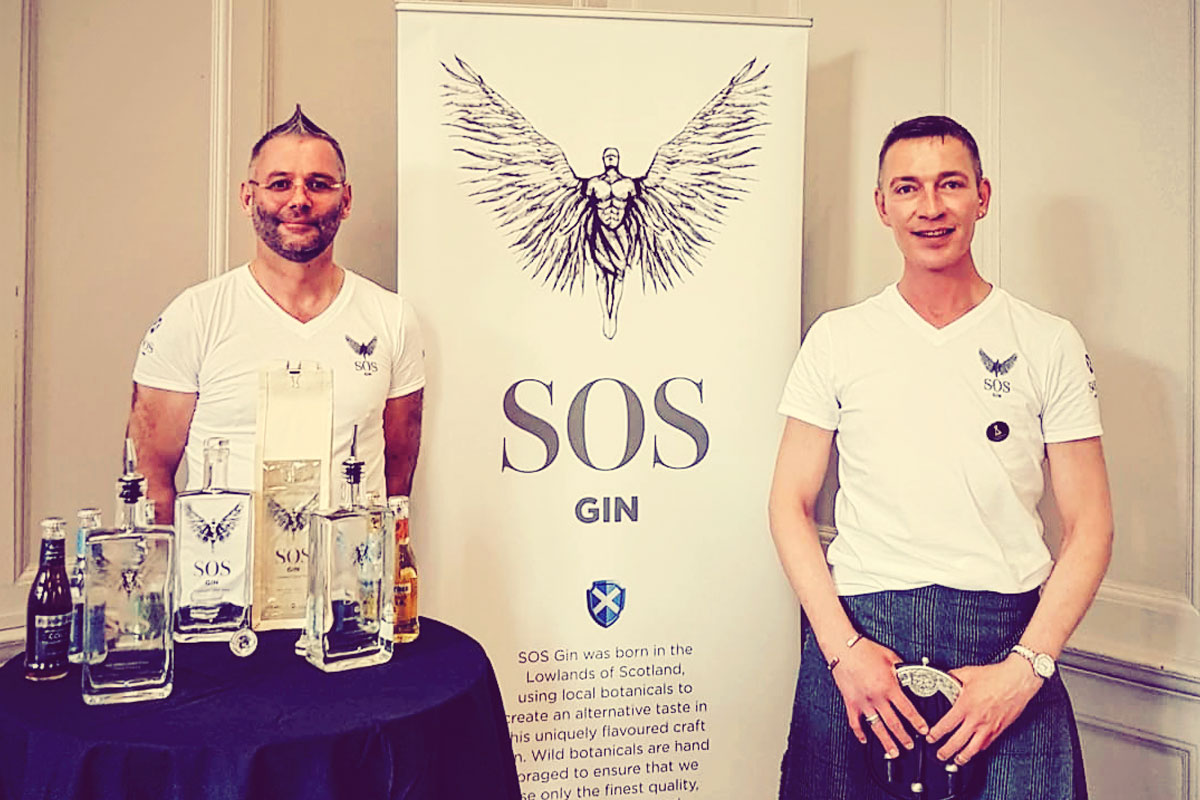
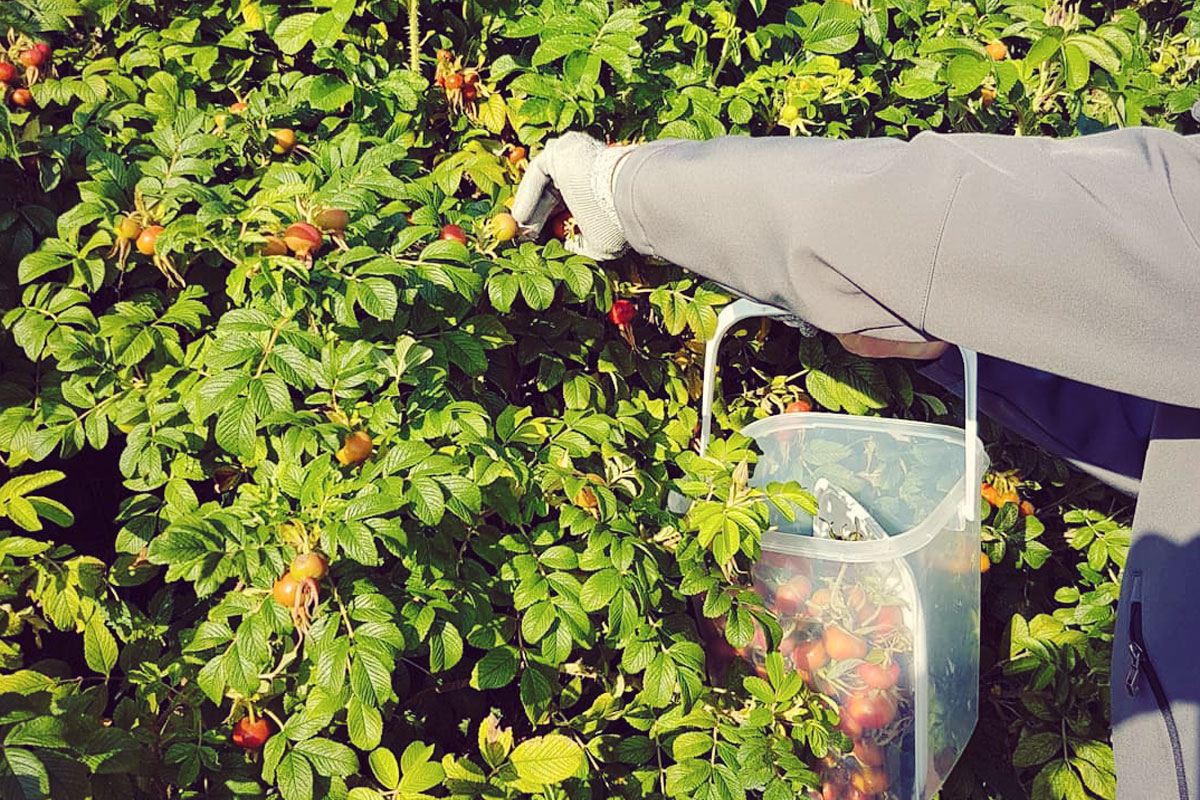
What was your process for creating the flavour profile?
Along one of our favourite local walks, there is a wide variety of botanicals, which we foraged with the idea of potential using in our gin. Being the son of a baker, I initially used smell as the first point of reference to help determine which botanicals might work well in our gin. Along with some test distillations we developed the perfect blend and botanical ratio. Ultimately, I decided on only four botanicals: Juniper, Rosehip (de-seeded), Rhubarb and Chamomile, the result of which is our unique flavour profile.
What’s your role in the distillation and production aspects of your gin?
We go out and forage our local botanicals and then prepare and preserve them in preparation for distillation. From the outset, we decided that we wanted to be involved in the distillation process and so the team at Strathearn Distillery allow us to be on-site and get fully involved in both the distillation and bottling processes.
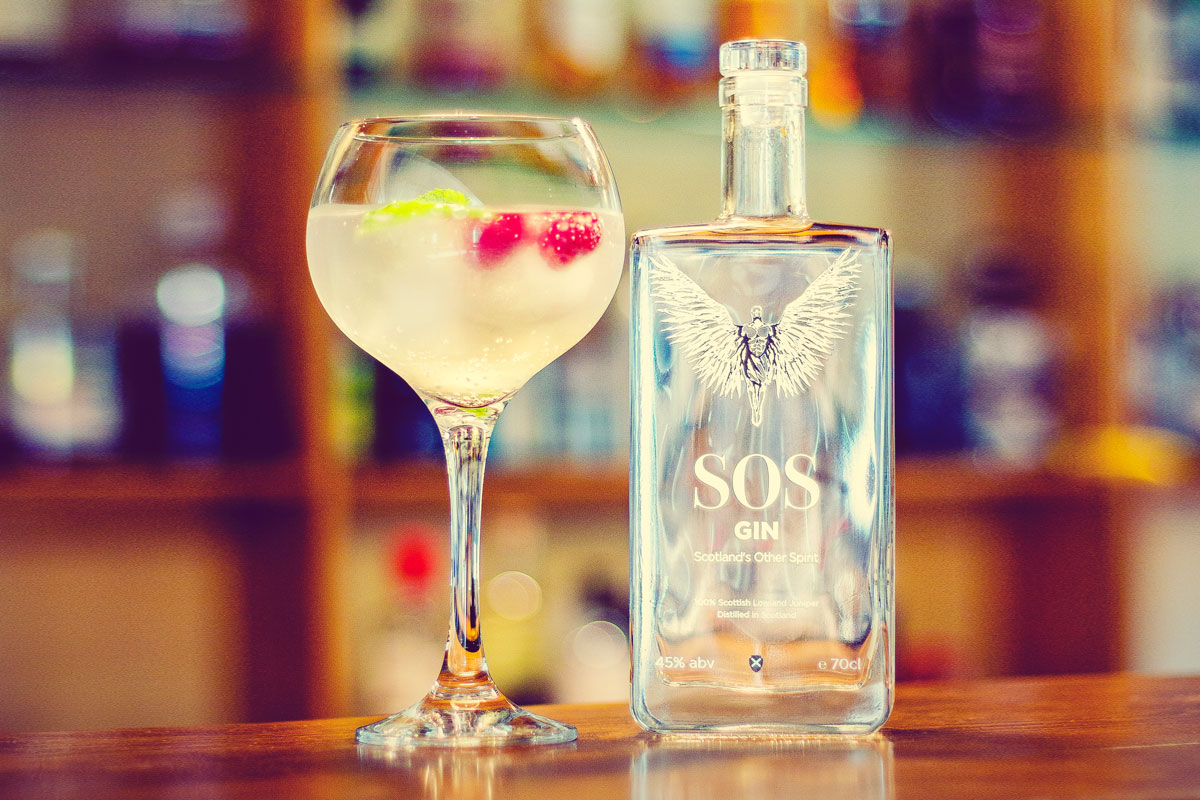
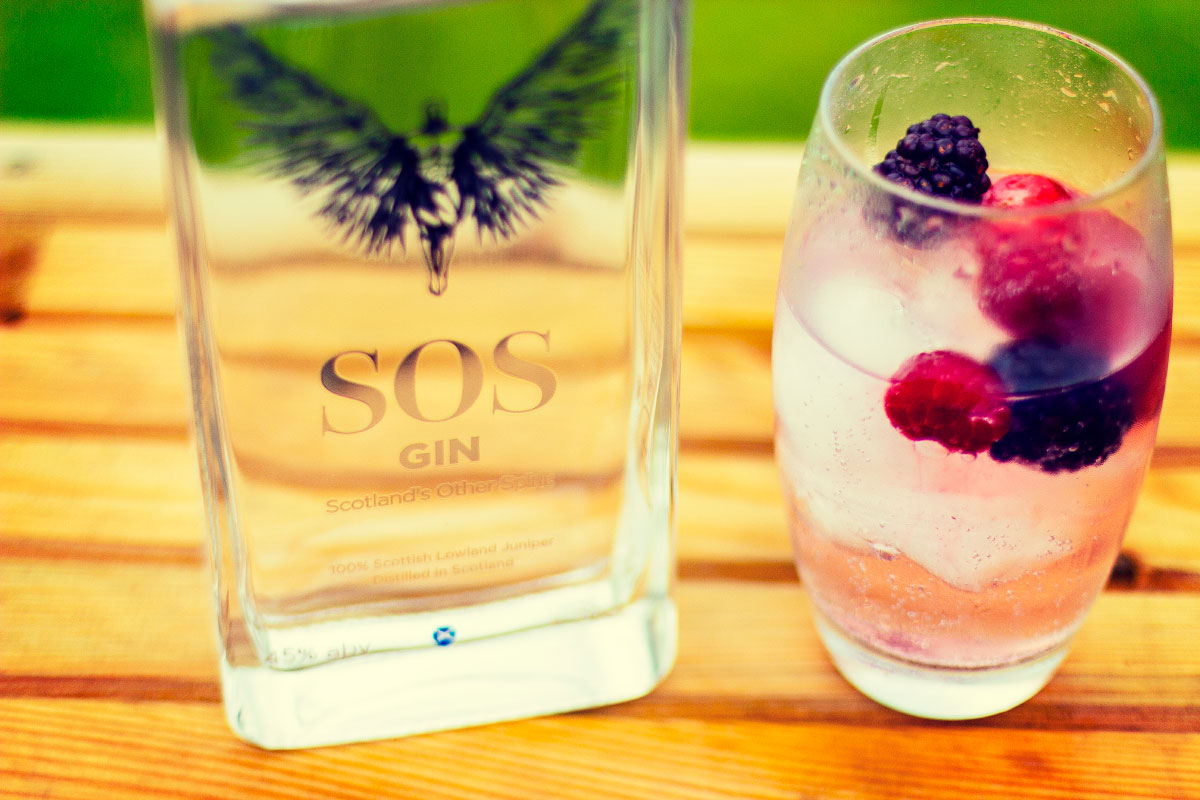
Can you tell us a bit more about your business name, packaging and branding?
With 70% of the UK gin being produced in Scotland, I decided to play on that fact and eventually came up with our company name, SOS Gin Ltd, as an abbreviation of ‘Scotland’s Other Spirit’, since there are strict rules governing the use of the word Scotland in a company name.
Whilst we were deciding on the company name, we also checked out trademarks, to ensure that we were fully legally protected and currently own the trademarks : SOS Gin; Scotland’s Other Spirit; Save Our Souls Gin; our “Angel / Spirit” logo; and also the phrase “Gin truly is Scotland’s Other Spirit”.
Our “Angel” or “Spirit” logo was designed to be eye catching and also to reflect the use of the word “Spirit” in the product name – SOS Gin Scotland’s Other Spirit.
It was important to keep our bottle clean, simple and uncomplicated and we decided on the resultant Silver Foil & Ink heat transfers, topped off with a clear glass stopper to provide an elegance of luxury to the bottle.
It was also important for us to highlight our brand as being from Scotland and so a small Scottish Shield has also been incorporated into the design on the front of the bottle to emphasise that we use “100% Scottish Lowland Juniper” and also that the gin is “Distilled in Scotland”.
For select retail outlets and event sales, we have been supplying the bottles in a canvas bottle bag, which has a clear window on one side. This aids in promoting the uniqueness and luxury of the design, is great for presents, and allows for the brand to be seen whilst being carried. We have not branded the bags themselves, so as to promote recycling of the bags.
What are some of the benefits of having a contract distilled gin?
There are lower start-up costs and it is much easier to get your gin into production and there are less licences required from HMRC. Otherwise you would need to decide on suitable distillery premises, the type and size of still to purchase and several more licenses from HMRC. You don’t have the outlay on a still, which is then not getting used to its full potential.
What are some of the disadvantages of having a contract distilled gin?
Since we are still on small scale production levels, utilising Strathearn Distillery’s small 100 litre copper pot still, we have not yet experienced any disadvantages and we have a good working relationship with Strathearn Distillery.
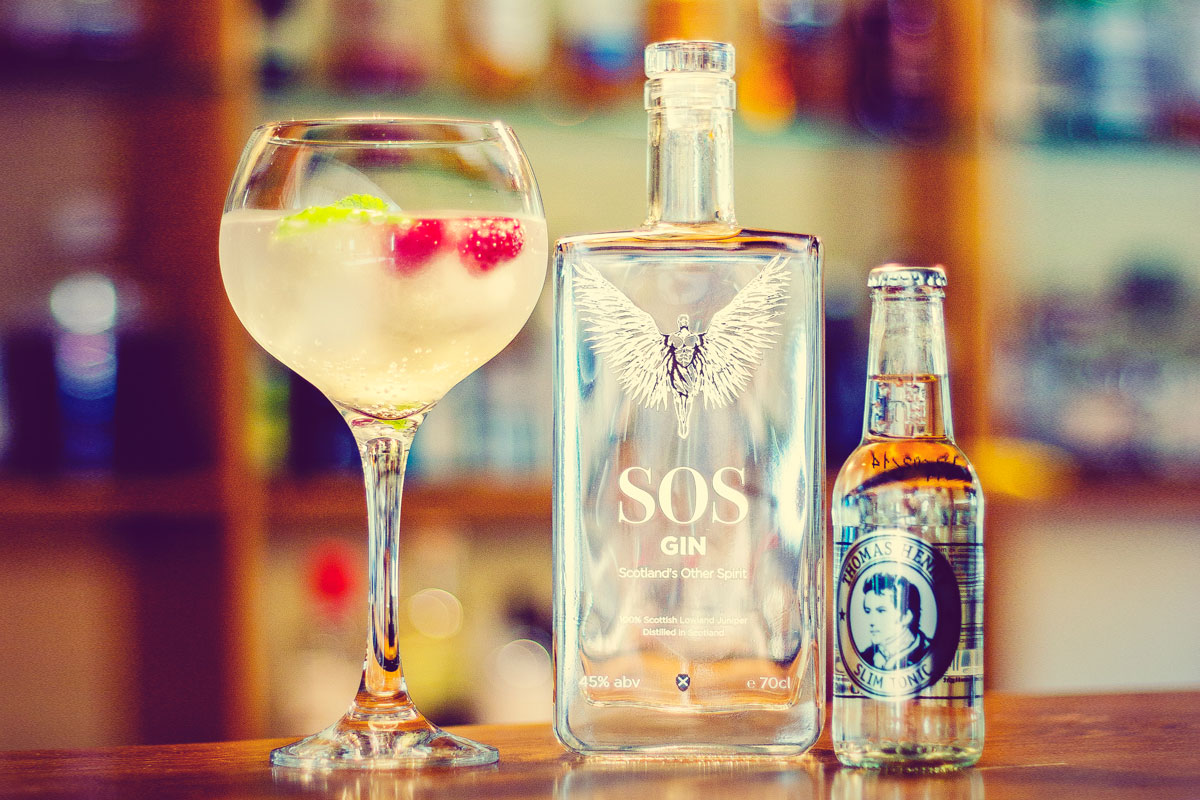
What have been some of the business challenges you’ve had to overcome?
Basically, just about everything! There are only two of us and we are still working our normal jobs as well as getting SOS Gin off the ground. We have therefore had to deal with trademark issues, HMRC licensing, branding design, bottle finish, packaging, distribution, website and social media.
What are some of your business highlights?
Completing our first full distillation and bottling for our launch in January 2019. Although we had completed a smaller scale, trial 25 litre distillation in the Summer of 2018, to complete the full scale distillation and get it all bottled up as the final product was an amazing achievement. The positive customer feedback, which we receive is tremendous and makes all our efforts worthwhile. We were also very proud to be supporters of, and involved in, the first International Scottish Gin Day, which was held on 3rd August 2019 and are looking forward to ISGD 2020. Receiving two awards from the International Wine & Spirits Competition 2019 in the London Dry Gin and the Gin & Double Dutch Tonic categories was also a major highlight.
What are the long term goals for your gin, business and brand?
To take it nice and slow and to be sustainable. Once we have built up more of a presence we aim to expand into different bottle sizes as well as introduce our navy strength gin – SOS Gin Save Our Souls, which will be bottled at 60% vol.
Do you think the consumer cares where the gin they’re buying is made?
Definitely. We believe that if you want to call a gin Scottish, then it should be distilled, rectified or cold compounded in Scotland. Gin companies should be open and upfront as to where their gin is produced. When we are at markets and events, the public are always asking where are we based and where our gin is made. We are proud to tell them that we are based in Midlothian and that we utilise a small 100 litre copper pot still at Strathearn Distillery at Methven.
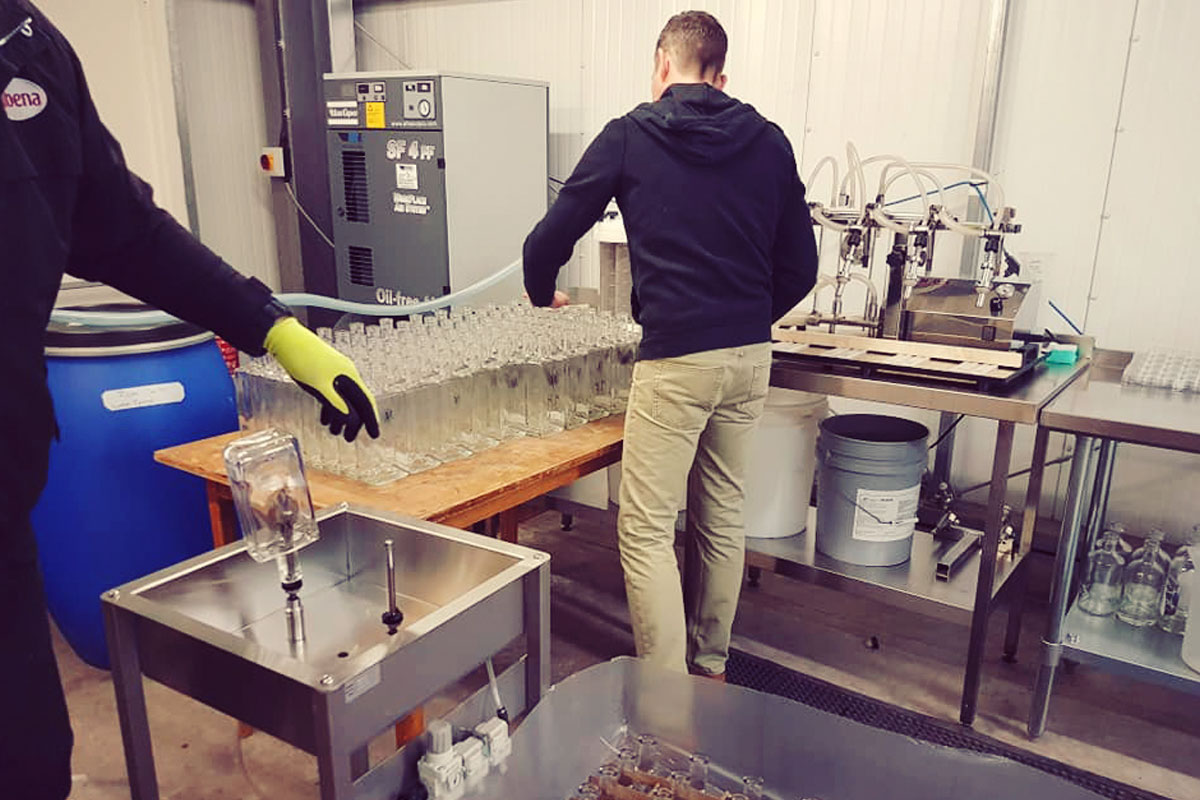
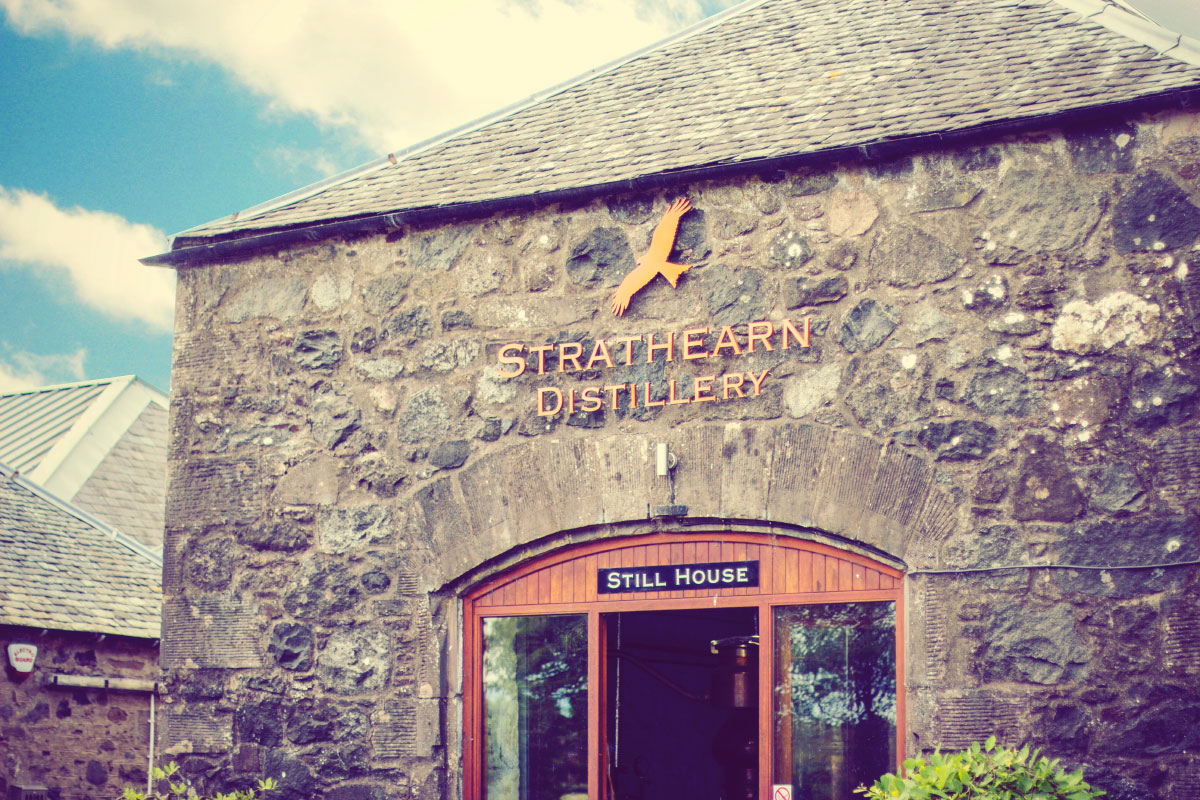
Do you think more could be done to help Scottish Gin makers and brands?
Absolutely. I think that Scottish Gin should receive the same legal status and protection as Scottish Whisky. I also think that there is probably quite a lot of help out there for Scottish Gin makers and brands which I probably don’t know about. The Gin Cooperative does a great job at helping and promoting Scottish Gins and I am indebted to them for the support which they have provided to SOS Gin.
Would you like to open and operate your own distillery one day?
I have no intention or plans to do so at this time but you never know what the future will bring. After all, three years ago, I did not think that I would become a gin producer!
Where do you think Scottish Gin as a drinks category will be in 10 years?
Hopefully it will be recognised worldwide as a leader in high quality craft gin and be held in the same esteem as Scottish Whisky.
Why do think gin has become so popular?
Hendricks kick-started the gin industry, which has led to the consumer now seeking out artisan and craft gin. With such variety and choice now, quality and provenance is high on the consumers’ list. The vast array of tonics that are available is allowing the consumer to experiment with different flavour profiles along with different gins as well as realising that it doesn’t have to be Gin & Tonic when there are so many other mixers that you can put into gin.
So what’s next for your brand and business?
To increase our brand awareness and distribution, which will allow us to then progress into different bottle sizes and also introduce our navy strength version, SOS Gin Save Our Souls.
Learn more about SOS Gin here.
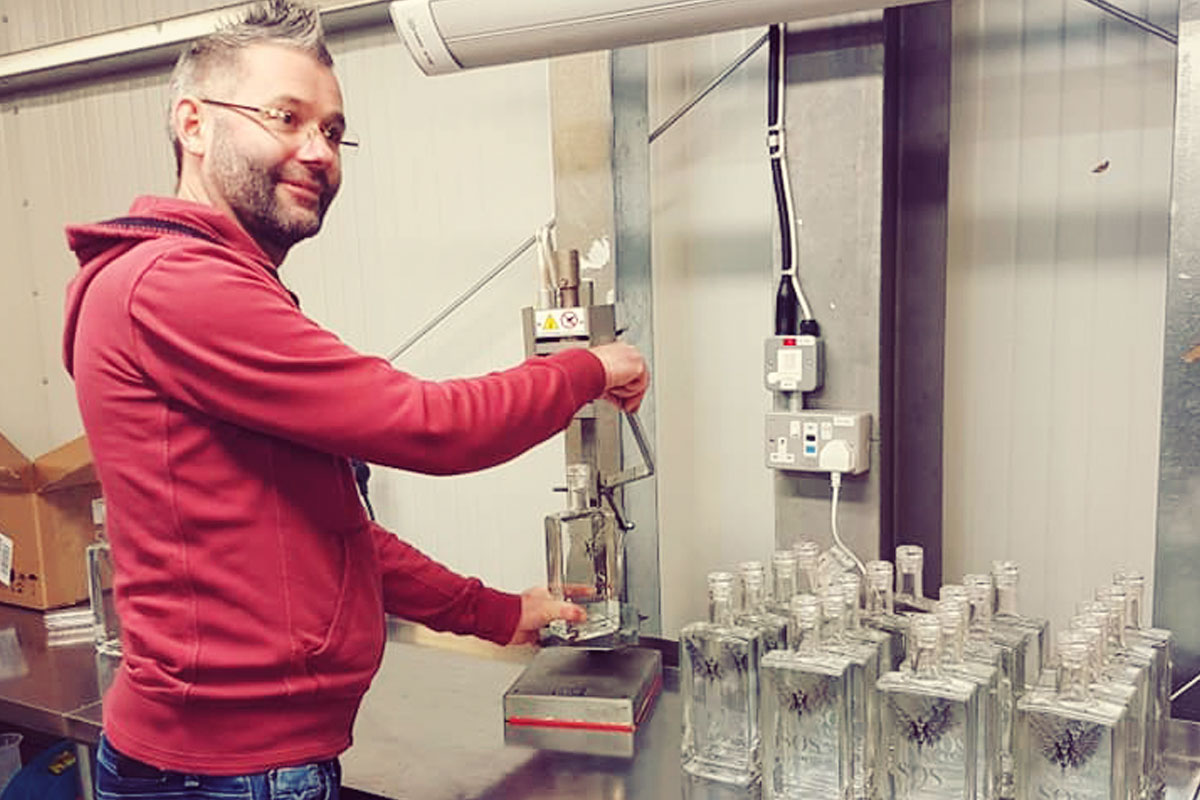

You can learn more about the maker by clicking the links below.